Apr 15, 2025
•
Onton Team
Wondering about counter height versus bar height? Onton has all the tips you need to choose the right furniture for your kitchen.
Close your eyes and imagine your dream kitchen. You might immediately think of hosting meals for friends or gathering with your family to cook up core memories. One thing you might not think about is how your kitchen counter height facilitates or hinders these activities.
Whether you regularly prepare feasts or occasionally invite guests for cocktails, the height of your counters, kitchen island, and bar can completely shift how the room feels and functions.
In this guide, we’ll break down the difference between standard counter height versus bar height, plus share tips on how to choose the perfect counter and seating for your indoor and outdoor kitchen spaces.
What’s the standard counter height?
The standard counter height typically ranges from 35 to 40 inches. This height is ideal for most kitchen tasks, providing a comfortable working space for food prep, cooking, and casual dining.
Most kitchen islands, dining counters, and workspaces use the standard counter height, both in residential kitchens and commercial restaurants and cafés.
Visualize how your kitchen island will look with Onton Imagine
Pros and cons of counter height
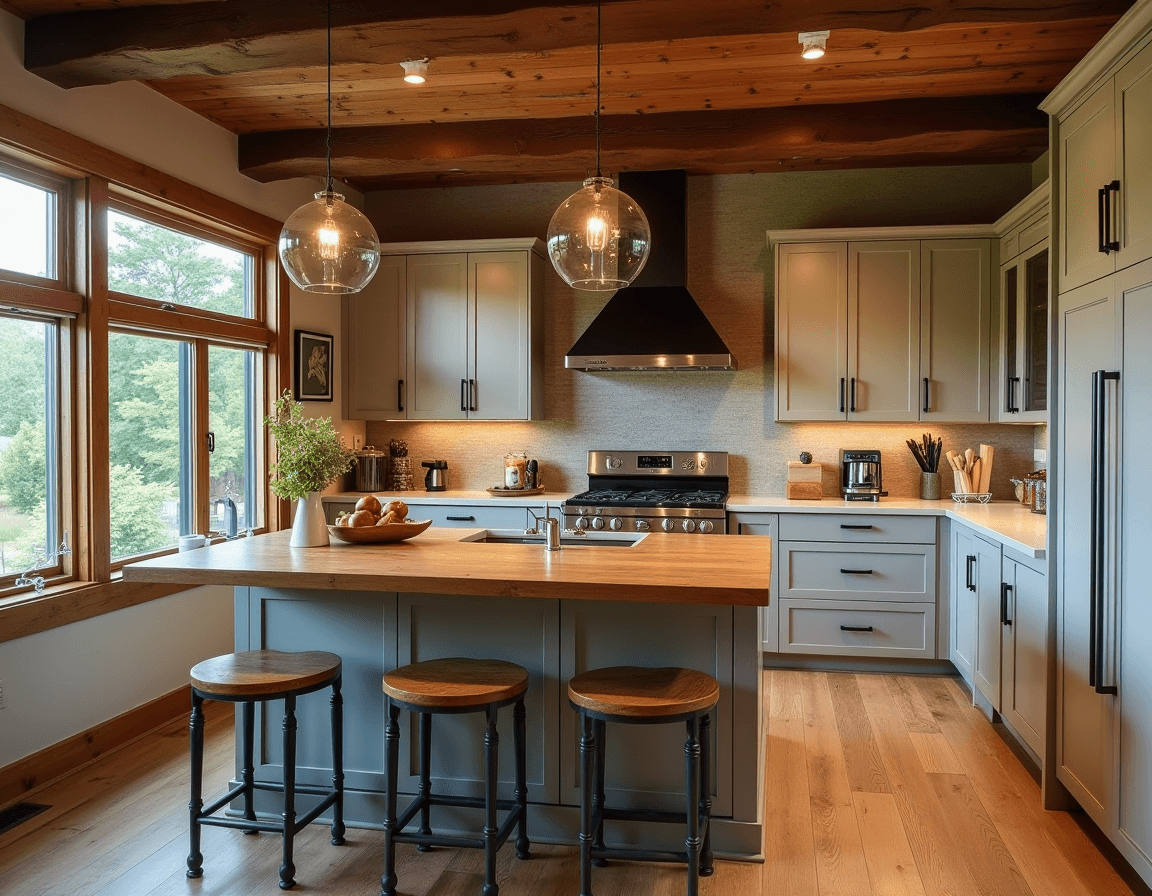
What’s counter height have to do with a kitchen’s look and feel? Kitchen counters and cabinets dominate your kitchen’s visual design, so the height you choose determines the overall vibe. Here’s what you can expect when going for the standard counter height.
Pros
Great for prep work: The standard counter height is designed to make the average person feel comfortable. It’s great for chopping, prepping, and plating without bending over or stretching too much.
Wide open space: The standard counter height is a few inches lower than bars, creating an airy feel. This can help kitchens feel less cramped and more connected to the rest of the room, especially in smaller spaces or open-concept kitchens.
Multi-functional use: Want to chop vegetables while your guests munch on crudités? A kitchen island with a single counter height gives you plenty of surface to spread out a buffet on one side while prepping or plating on the other.
Cons
Exposes kitchen messes more easily: Counter-height kitchen islands leave everything in full view, including dirty dishes, mail, or anything else that piles up in the most important room in the house.
Less defined separation: When all your surfaces are the same height, the eye (and your guests) naturally connect the entire space. Separate counters and bars create a distinction between work and social spaces, helping everyone settle in comfortably when entertaining.
Not ideal for standing socialization: Can everyone gather around a standard countertop height to chat and munch on snacks? Sure. But hunching over food and drink and standing for long conversations might get uncomfortable.
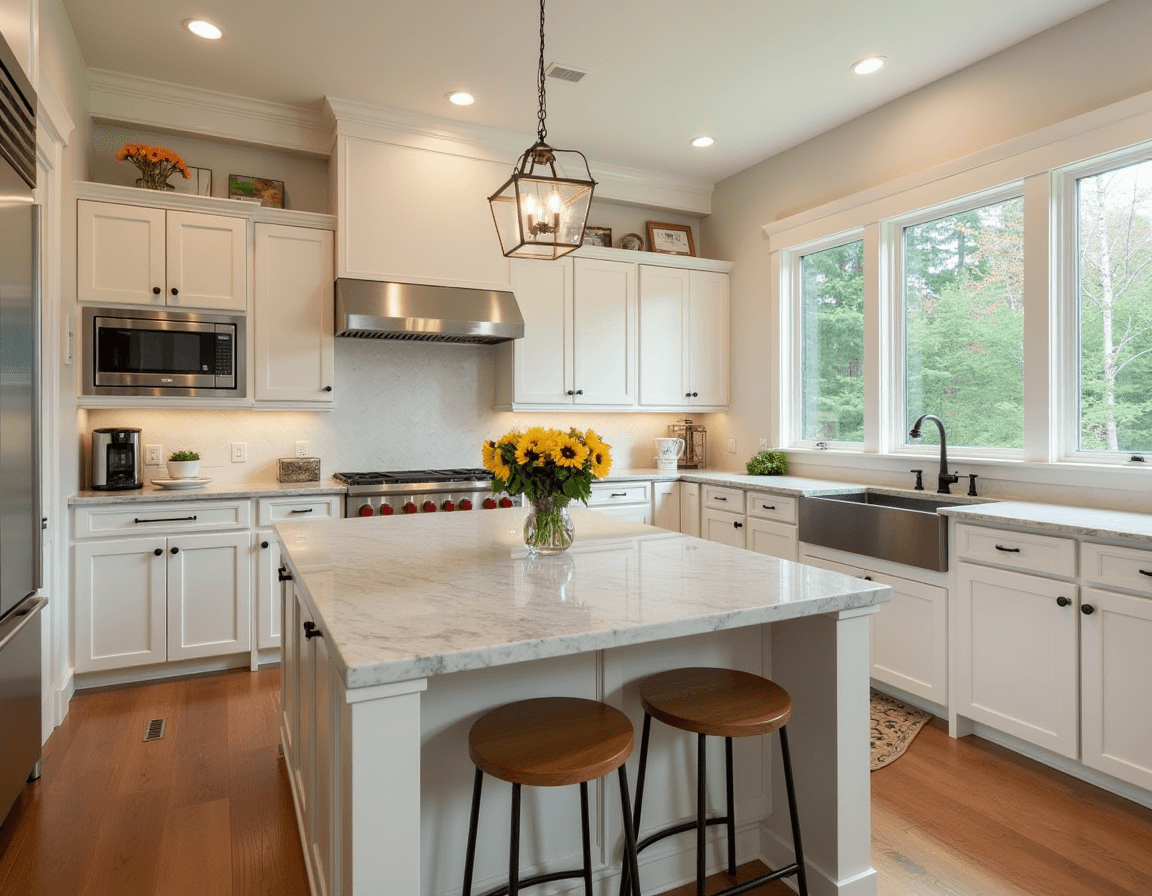
What’s the standard bar height?
The standard bar height typically ranges between 41 and 43 inches. This height is common for home bars, kitchen islands with raised sections, and commercial bars.
The extra elevation of bar height counters creates a more comfortable environment to stand and socialize, ideal for sipping drinks and hanging with friends and family.
Picture bar height counters in your kitchen with Onton Imagine
Pros and cons of bar height counters
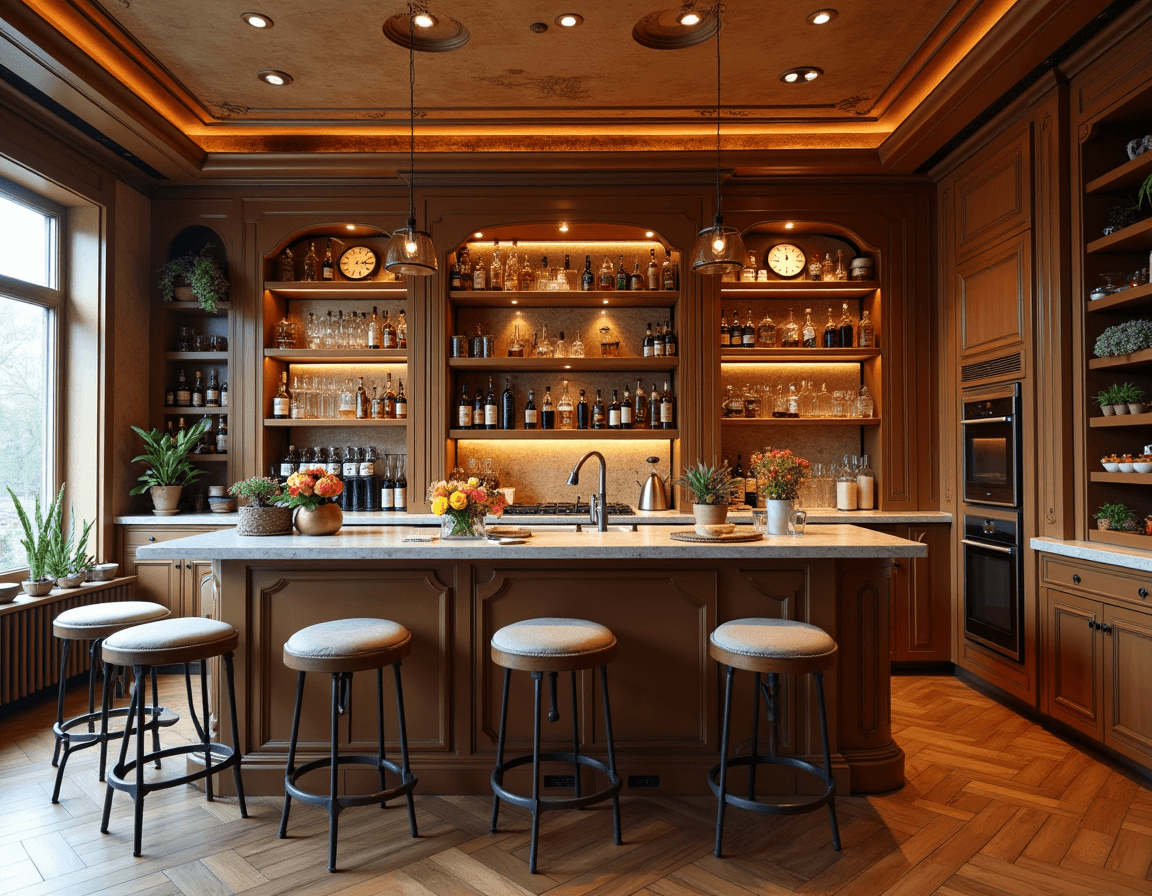
Bar height counters can elevate both style and functionality, but they aren’t without drawbacks. Here’s what bar height counters will do for your kitchen.
Pros:
Hides clutter: With separate bars and standard counters, you can conceal items you aren’t ready to tidy up behind the bar divider. For frequent entertainers or open-floor plans, this is a fantastic hack.
Creates room dividers: Bar height counters create a physical and visual divide between different areas of your kitchen. For open floor plans, this helps separate the kitchen from living and dining spaces to offer a bigger-space feel.
Separates zones: A raised countertop lets guests interact with the host without getting in the way of the cooking. It also creates a natural barrier for any splattering or stray food that flies out of a sink, stovetop, or cutting board.
Cons:
Not for small kitchens: A cramped kitchen needs all the help it can get to feel more open. Separate work countertops and bars do the opposite, making the space feel smaller and more cluttered.
Lacks accessibility: Bar height counters aren’t for everyone, especially for children and people with mobility issues. The extra height can make it hard for some people to comfortably access the counter.
Less comfortable for cooking: While bar height works well for standing and socializing, it’s impractical for prepping and cooking.
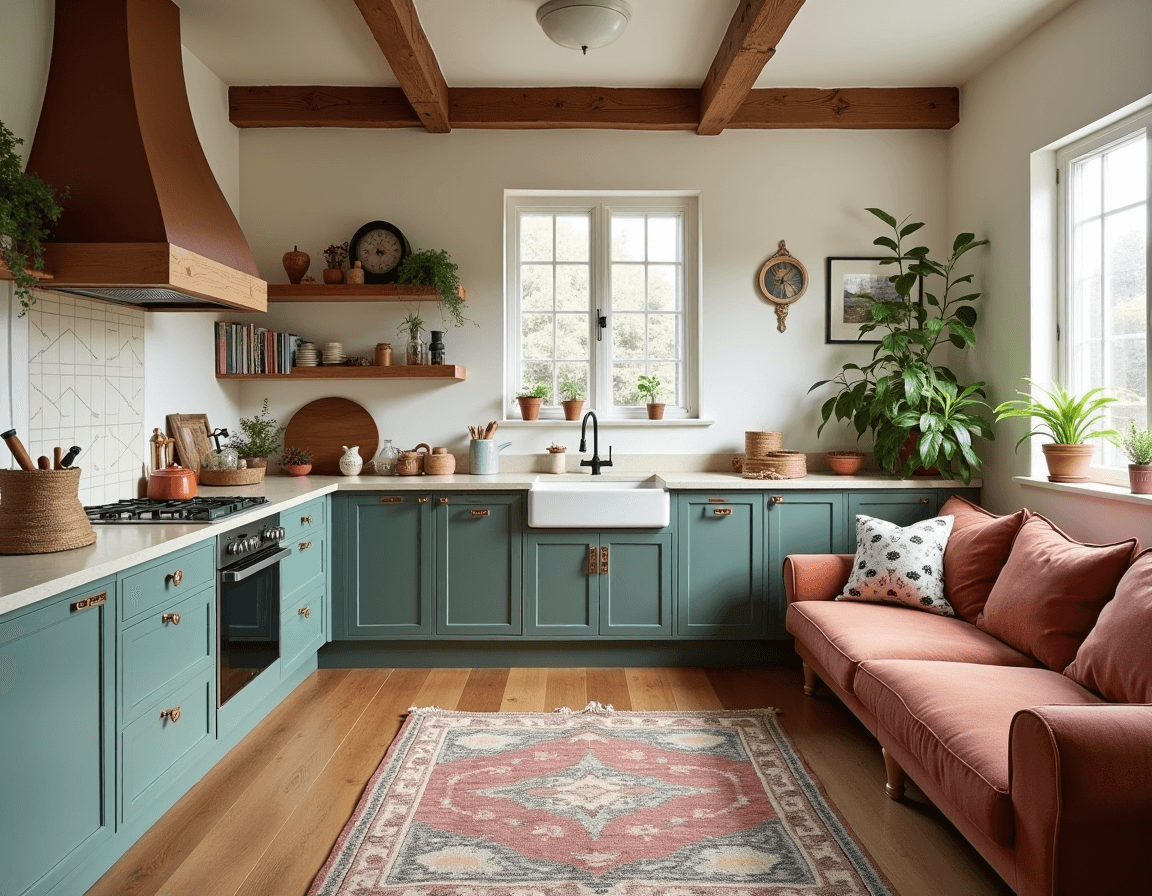
How to choose between counter height vs. bar height
Choosing the right counters means weighing out preferences for functionality, comfort, and general use. Before you land on a design decision, keep these factors in mind.
Consider kitchen dimensions and layout
Look closely at the size and flow of your kitchen. Smaller kitchens require installs that keep the space feeling open and functional, making a standard counter height your best option. A bar counter will overwhelm the room, creating unnecessary divisions and cluttered aesthetics.
On the other hand, large, open-floor plans benefit from the visual separation bar counters provide, helping define living, dining, and cooking areas.
Prioritize practicality and efficiency
You might envision yourself the next Ina Garten, but if you’re cooking mostly for yourself, prioritize workspace over entertaining. If meal prep is a big part of your daily routine, lots of standard counter height offers a more ergonomic and practical surface area for regular use. Bar counters, while great for casual gatherings, make meal prep awkward or unnecessarily cut the amount of space you have to work with.
Keep household needs in mind
Who uses your kitchen? If you have small children or family members with mobility issues, standard counters equipped with counter-height stools are more accessible and inclusive.
Set a budget before deciding
Your budget will ultimately guide your choice. Bar height counters might require more structural support or design modifications to ensure stability, which can increase your overall cost. Don’t forget to account for seating, too, as bar stools and regular counter stools can vary widely in price.
Shop for kitchen counters and accessories on Onton
Counter height vs. bar height stools
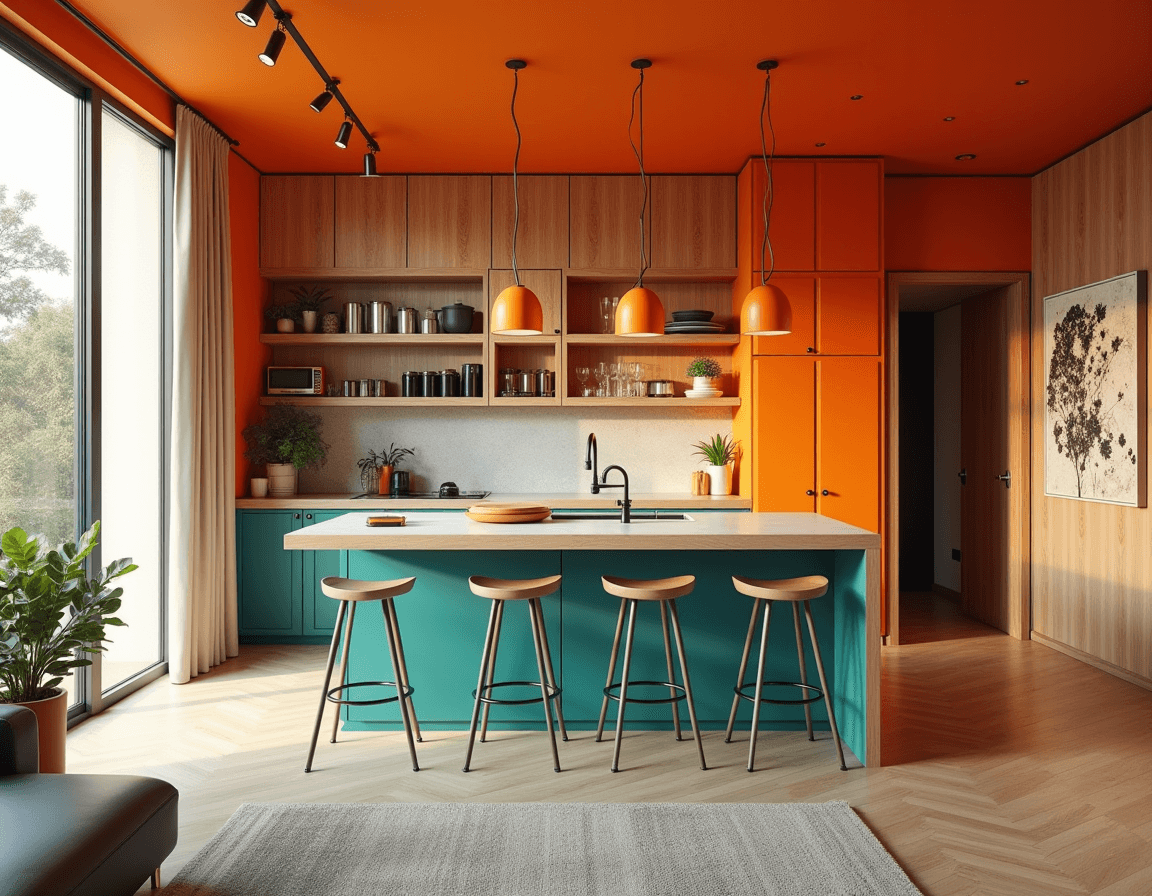
Choosing the right stools for your counters or bars doesn’t just depend on whether you have a standard counter or bar. You should also consider the rest of your kitchen furniture and accents, including the height and measurements of your cabinets, dining tables, and even lighting fixtures.
Understanding how everything fits together will create a space that’s harmonious and inviting. Use AI tools for remodeling or redecorating to reimagine your kitchen, helping you tailor every decision to your space.
Category | Measurements |
Standard counter height | 35–40 inches |
Standard counter stool height | 24–27 inches |
Standard bar height | 41–43 inches |
Standard bar stool height | 28–33 inches |
Choosing the best outdoor bars and counters
Finding the right counter and bar height for outdoor tables is similar to indoor furniture, but you also need to consider durability to the elements. Here’s how to equip your patio for the perfect backyard barbecue:
Consider the weather: Outdoor furniture deals with all the elements — rain, humidity, and sunshine. Look for materials like teak, cast iron, powder-coated steel, or recycled plastic. Consider the average temperatures and sunshine, as well — while an aluminum counter and stool set might be lightweight and rust-resistant, it’ll heat quickly under intense sunlight.
Choose UV-resistant finishes: The sun wreaks havoc on outdoor furniture, fading colors and breaking down materials over time. Look for UV-resistant finishes (like powder-coated metal) and accessories (like acrylic stool cushions and covers) that stand up under prolonged sun exposure.
Take maintenance into account: Although that solid wood bar and stoolset give the country cottage vibe you want, it’ll require regular maintenance like oiling, sanding, or refinishing. If you’re after something low-maintenance, materials like synthetic wicker stools or glass countertops are better choices since they’re easier to clean and resistant to the elements.
Discover your perfect counter and accessories with Onton
Start your kitchen counter search on Onton, letting the AI-driven search engine showcase the best products available. Try a prompt like “bar-height kitchen counter stools in a dusty gray” to find something perfectly suited to your space.
Then, describe your mental image in Onton’s Imagine tool — like “bar counters in an open-floor plan minimalist kitchen” — and let us map out real-life design possibilities.
FAQ
Are kitchen islands counter height or bar height?
Kitchen islands usually follow counter height. However, some islands may incorporate a raised section for seating, using the standard bar height.
Is 27 inches too high for a counter stool?
27 inches is on the tall end for counter stools since the standard range is about 24–27 inches. If your counter height is also close to the high end (around 40 inches), a 27-inch stool can work well, but for most counters, you’ll want to test out how comfortably everything fits together.
What’s the best kitchen counter height for tall people?
Tall cooks will likely prefer a counter height close to 40 inches — or a higher, customized counter. The extra inches go a long way to reduce muscle strain on the back, neck, and arms while cooking and cleaning up.

